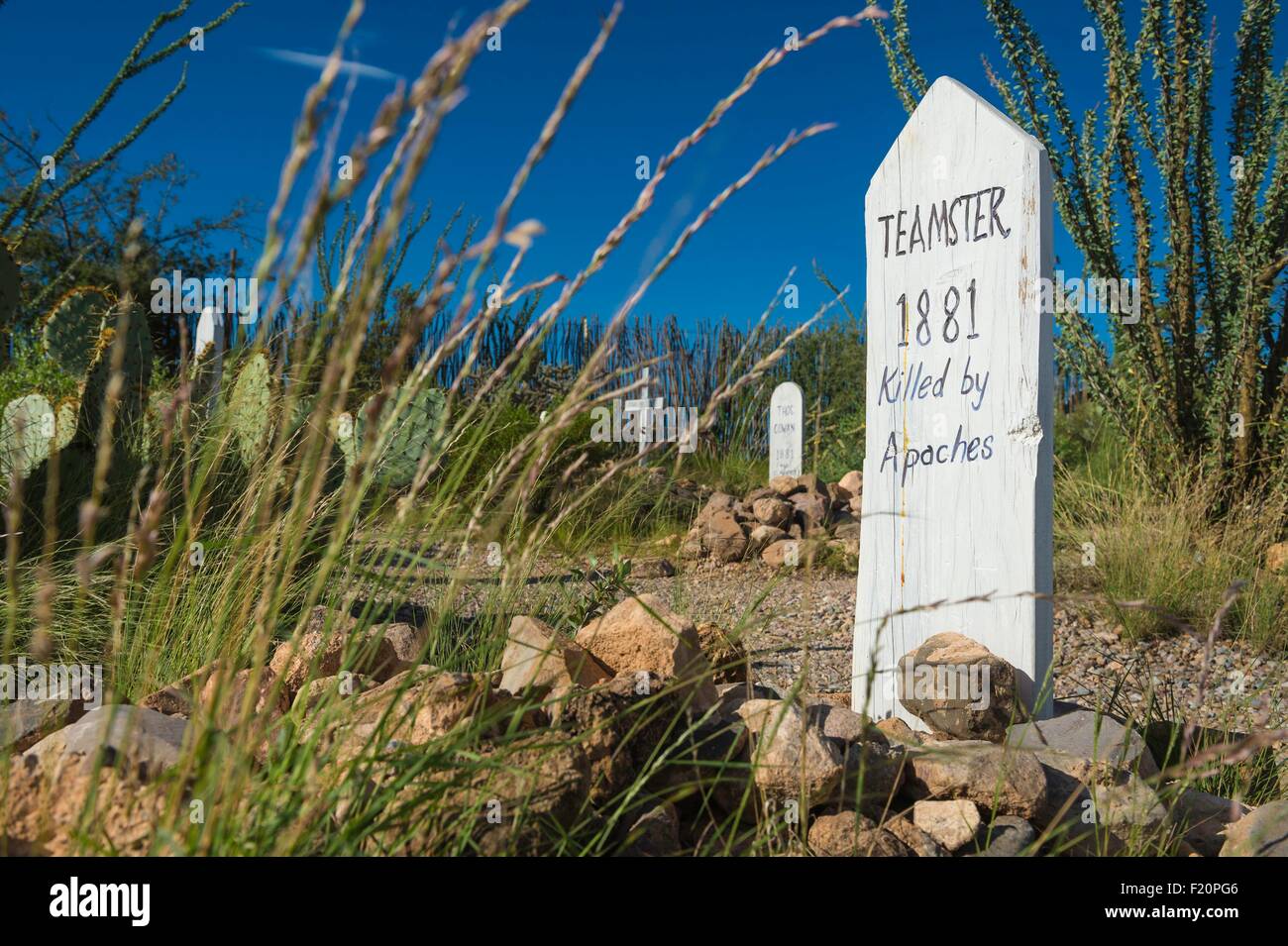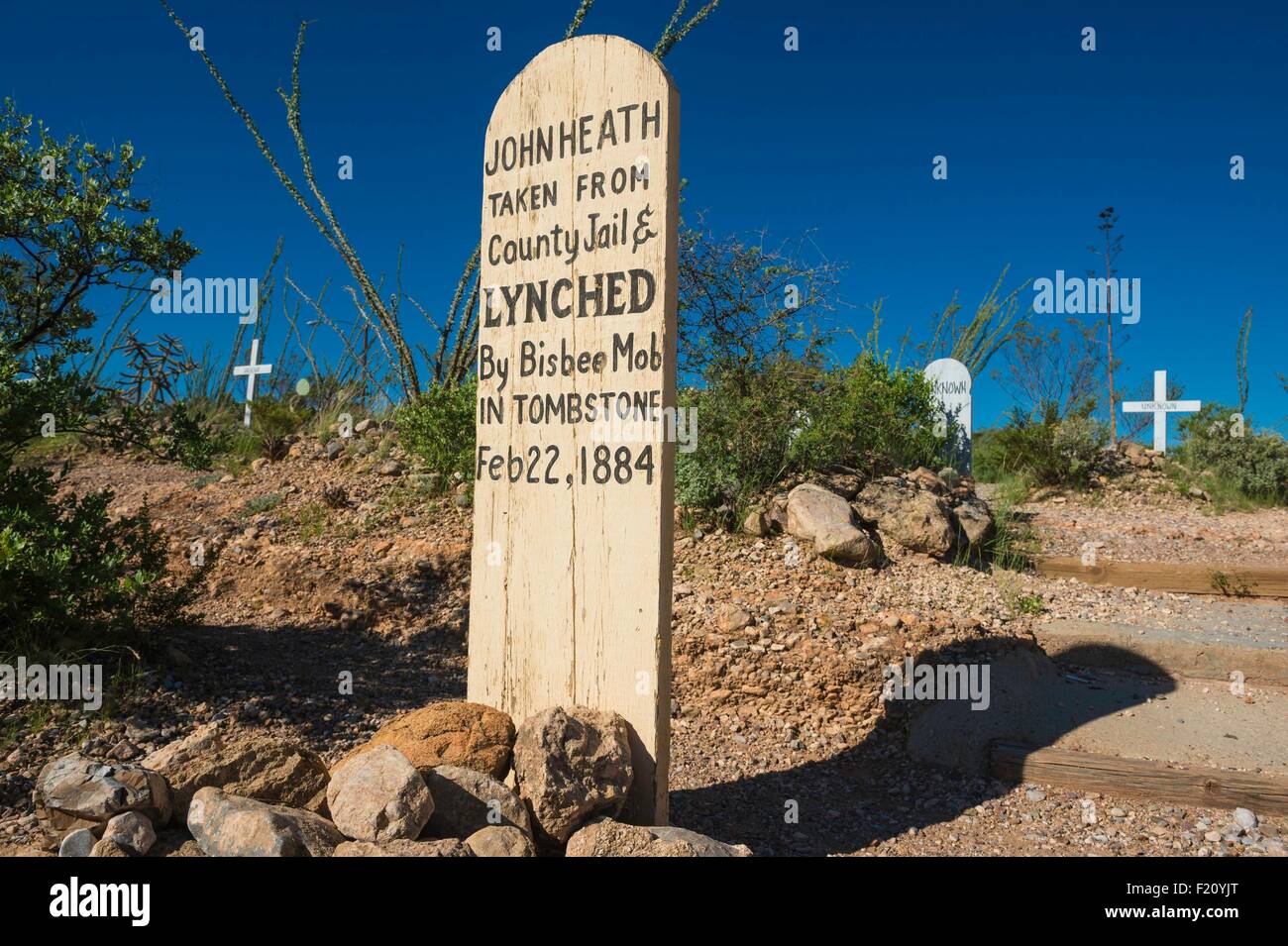
Echoes Etched in Time: Unearthing America’s Enduring Legends
America, a nation relatively young on the world stage, possesses a sprawling tapestry of legends as vast and varied as its landscapes. Unlike the ancient myths of Greece or the sagas of the Norse, American legends often fuse historical figures with hyperbolic feats, blend cultural anxieties with supernatural encounters, and transform regional peculiarities into national lore. These narratives serve as an informal, yet indelible, historical text – not always carved in stone like an epitaph, but etched deeply into the national consciousness, offering insights into the evolving soul of a republic.
From the towering lumberjacks of the Northwoods to the phantom riders of the Hudson Valley, from the defiant steel-driving man to the enigmatic creatures of the wilderness, America’s legends are the epigraphs of a nation’s soul, recording its struggles, its aspirations, its fears, and its unique relationship with the untamed and the unknown. They are the "az tombstonehistoricaltext" of a people, whispering across generations, reminding us where we came from and what we choose to believe.
The Titans of Toil: Forging a National Identity

The dawn of American legend-making often coincided with the push westward and the industrial revolution – an era demanding heroes larger than life to conquer a formidable continent and its challenges. These were the "tall tales," born in logging camps, on railroad tracks, and in the vast, empty plains.
Paul Bunyan, the colossal lumberjack of the Northwoods, stands as perhaps the quintessential American tall tale. With his blue ox, Babe, Bunyan is credited with feats that defy imagination: digging the Great Lakes with a single scoop, carving the Grand Canyon by dragging his pickaxe, and clearing forests with a swing of his mighty axe. First appearing in print around 1910 in promotional materials for a logging company, Bunyan quickly became a symbol of American ingenuity, strength, and the relentless spirit of frontier expansion. His stories were more than mere entertainment; they were a testament to the immense labor and optimistic outlook required to tame the wilderness. He embodied the belief that no task was too big for American ambition.
Equally iconic, though rooted in a real historical figure, is Johnny Appleseed. Born John Chapman in Massachusetts in 1774, he spent decades traveling westward, planting apple nurseries. But the legend of Johnny Appleseed transcends mere horticulture. He is remembered as a gentle, eccentric wanderer, clad in burlap sacks, with a tin pot for a hat, sowing seeds of prosperity and peace wherever he went. His legend speaks to a different kind of pioneering spirit – one of nurturing, foresight, and a harmonious relationship with nature. His story, much like a carefully preserved historical artifact, reminds us of the quiet, enduring contributions that shape a nation.
Then there is John Henry, the "steel-driving man" whose legend emerged from the grueling work of railroad construction in the post-Civil War era. The story tells of John Henry, a mighty African American laborer, who challenges a steam-powered drill in a contest of strength and endurance. He wins, driving more steel than the machine, but dies "with his hammer in his hand," his heart giving out from the exertion. John Henry’s ballad, first collected in the early 20th century, is a poignant inscription of the human cost of industrial progress. It’s a legend about dignity, perseverance, and the tragic struggle against overwhelming technological change, echoing the voices of countless unsung laborers whose strength built the nation. As the ballad proclaims: "A man ain’t nothing but a man, but before I let that steam drill beat me down, I’ll die with my hammer in my hand." This quote, like an epitaph on a tombstone, immortalizes his defiant spirit.
Whispers from the Past: Colonial Ghosts and Literary Phantoms
America’s earliest settlements brought with them not only European traditions but also anxieties that would soon manifest in local folklore, often infused with a distinctly American flavor.
No discussion of early American legends is complete without The Headless Horseman of Sleepy Hollow. Immortalized by Washington Irving in his 1820 short story "The Legend of Sleepy Hollow," this specter is described as the ghost of a Hessian trooper whose head was carried away by a cannonball during the Revolutionary War. He rides nightly, searching for his lost head, particularly haunting the melancholic protagonist, Ichabod Crane. Irving’s tale, set in the quaint, superstitious Dutch settlement of Sleepy Hollow in the Hudson Valley, masterfully weaves historical context with Gothic romance. It’s a legend that speaks to the lingering shadows of war, the power of local superstition, and the unsettling blend of the familiar and the terrifying. The enduring popularity of the tale has firmly etched Sleepy Hollow into the American mythological landscape, a place where history and haunting seamlessly intertwine.
Beyond the literary, early America also grappled with the very real and terrifying phenomenon of the Salem Witch Trials in 1692-1693. While not a "legend" in the mythical sense, the events in Salem, Massachusetts, spawned a historical narrative that has since taken on legendary proportions. The hysteria, accusations, and executions of twenty individuals for witchcraft left an indelible scar on the American psyche. The "witches" themselves became legendary figures in a tragic sense, their stories serving as a cautionary tale against mass hysteria, religious extremism, and the dangers of unchecked power. The Salem trials stand as a chilling historical "text," a somber inscription warning future generations of the fragility of justice.

Cryptids and Conspiracies: Modern Myths of the Unknown
As America matured, its legends adapted. The vast wilderness still held secrets, and the anxieties of a technological age gave rise to new forms of folklore – cryptids and conspiracy theories.
Bigfoot, also known as Sasquatch, is arguably America’s most famous cryptid. This elusive, ape-like creature is said to roam the forests of the Pacific Northwest and beyond. Reports of sightings, footprints, and blurry photographs, most famously the 1967 Patterson-Gimlin film, have fueled the legend for decades. Bigfoot embodies the untamed spirit of America’s vast wilderness, a vestige of the unknown that resists full human encroachment. It speaks to a primal fascination with creatures beyond our understanding, a longing for mystery in an increasingly mapped-out world. The legend of Bigfoot is a modern inscription of humanity’s enduring fascination with the wild, a testament to what we still believe might lurk just beyond the edge of our perception.
From the woods to the skies, the Roswell incident stands as a pivotal moment in modern American mythology. In July 1947, a "flying disc" reportedly crashed near Roswell, New Mexico. While the U.S. military initially issued a press release stating they had recovered a "flying disc," they quickly retracted it, claiming it was merely a weather balloon. This swift reversal, coupled with eyewitness accounts of strange debris and alien bodies, gave birth to one of the most enduring UFO conspiracy theories. The Roswell legend, a 20th-century "historical text," reflects a Cold War-era anxiety about the unknown, government secrecy, and humanity’s place in the cosmos. It’s a story that has been re-examined, debated, and expanded upon for over 75 years, becoming a foundational myth for the belief in extraterrestrial visitation.
Another fascinating, and terrifying, modern legend is the Mothman of Point Pleasant, West Virginia. In 1966-1967, numerous residents reported sightings of a large, winged, red-eyed creature, often linked to strange phenomena and ultimately, the tragic collapse of the Silver Bridge in December 1967, which killed 46 people. The Mothman legend is a chilling narrative of impending doom, an omen of disaster, and a manifestation of collective fear. It’s a local legend that transcended its origins, becoming a potent symbol of the unexplained and the foreboding.
The Ancient Echoes: Native American Oral Traditions
Before European settlers arrived, the lands now known as America were rich with millennia of indigenous oral traditions. While these are not "legends" in the same vein as Paul Bunyan, they are the foundational narratives, the oldest "historical texts" of the continent. From the creation stories of the Iroquois and Navajo, explaining the origins of the world and humanity, to the trickster tales of Coyote or Raven, teaching lessons through humor and mischief, these stories are deeply intertwined with the land, its animals, and the spiritual world. They offer profound insights into cosmology, ethics, and the interconnectedness of all life. To truly understand the legendary landscape of America, one must acknowledge these ancient echoes, which represent the deepest layers of narrative inscription on the continent.
The Enduring Inscription
America’s legends, whether etched into popular consciousness by logging camps, literary masters, or the anxieties of a technological age, collectively form an invaluable historical record. They are the "az tombstonehistoricaltext" of a nation constantly defining itself – a dynamic, evolving chronicle of its fears, its triumphs, its absurdities, and its enduring fascination with the extraordinary.
These stories do more than entertain; they reflect the values, prejudices, and aspirations of the times in which they emerged. They offer comfort in the face of the unknown, explain the unexplainable, and provide a shared cultural vocabulary. From the audacious feats of Paul Bunyan to the haunting presence of the Headless Horseman, and the perplexing mystery of Bigfoot, America’s legends continue to resonate. They are the timeless inscriptions on the collective memory, reminding us that while history is written in facts, the soul of a nation is often best understood through the powerful, enduring narratives it chooses to believe. They are, in essence, the very spirit of America, whispering across the ages, inviting us to listen and remember.


